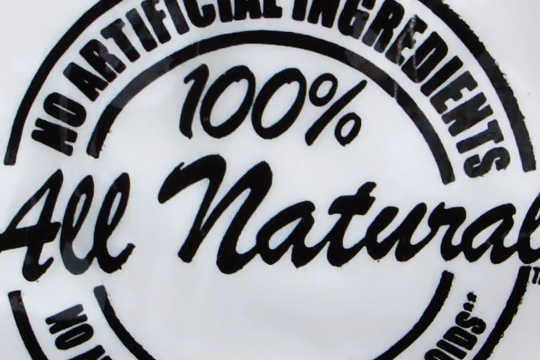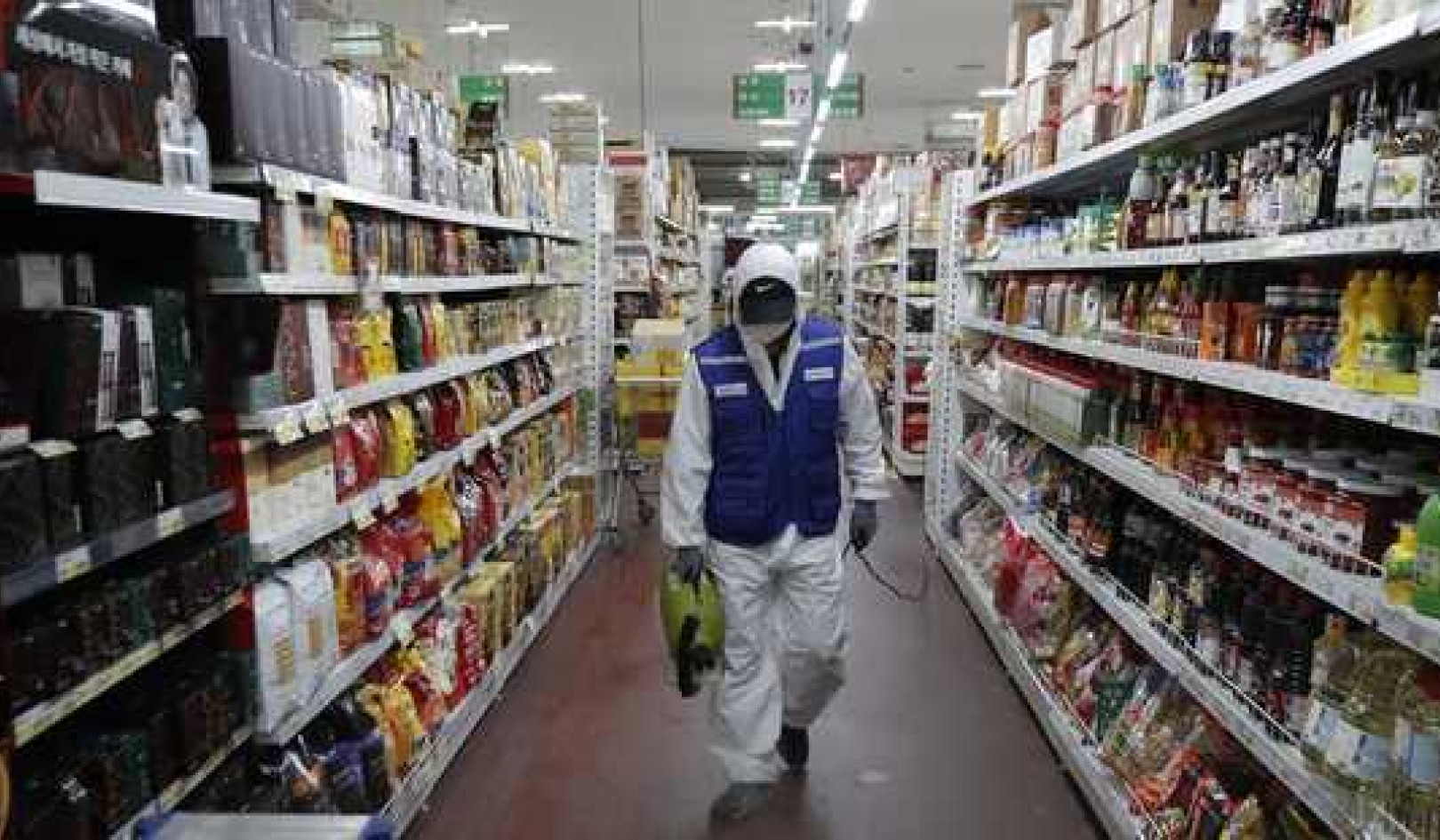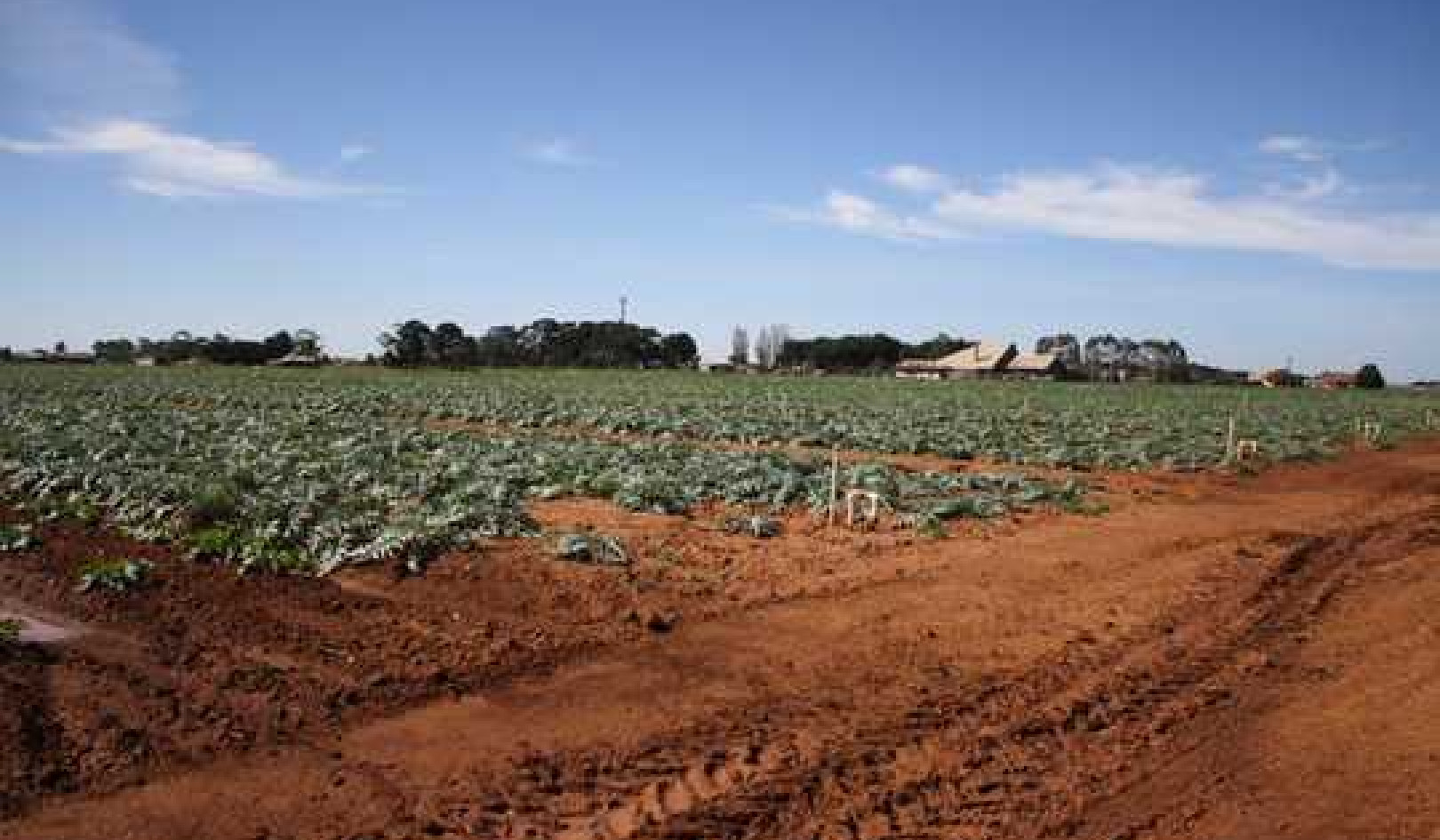
There are a lot of natural things you wouldn’t want to eat. Timothy Valentine/Flickr
Producers and retailers of everything from toilet paper to homes want you to believe that their product is “green”. More are “greenwashing” their products.
Greenwashing is the misleading claims of environmental benefits attached to a product. It is deceptive marketing designed to portray a product or a company as caring for the environment.
Everyone’s going green, but where are their standards?
The American-based environmental marketing firm TerraChoice found that products labeled “green” increased by 73% from 2009 to 2010. Big box stores offered a higher percentage (22.8%) of products with “green” labels than specialty retailers (11.5%) and green boutique stores (12.8%).
Companies and products are increasingly labelling consumer goods and services as “eco-friendly”, “sustainable” or “environmentally friendly”. Consumer demands for “eco-labels” seek to expose when products or services have a negative or negligible impact.
The International Organisation for Standards (ISO) regulation ISO14024 is the international benchmark for eco-labeling.
The Australian government’s eco-labels (regulated by the Environment Protection and Heritage Council) comply with ISO14024. Eco-labels are also regulated under the Environment Protection and Biodiversity Conservation Act (1999).
There are voluntary measures available for genuinely “green” products. The Environmental Choice Australia Ecolabel is awarded by Good Environmental Choice Australia (GECA).
GECA standards comply with ISO14024, are based on international best practice, and consider the product or service across its life cycle; that is, they look at the product’s source, manufacturing, use and disposal.
A label may only tell part of the story
The Australian Trade Practices Act (1974) prohibits companies from making misleading and deceptive claims, green or otherwise. Many examples of “greenwashing” may not breach the Trade Practices Act but they’re just not helpful for consumers or the environment.
Greenwashing tactics suggest a product is “green” based on an unreasonably narrow set of attributes and ignoring important environmental issues.
Paper, for example, is not necessarily environmentally preferable just because it comes from a sustainably harvested forest. Other important environmental issues in the papermaking process, including energy, greenhouse gas emissions, and water and air pollution need to be factored in.
Often products are labelled “green” with no proof, or their claims cannot be substantiated by easily accessible information or by a reliable third-party. Common examples are tissue products that claim various percentages of post-consumer recycled content.
Sometimes labels are vague, poorly defined, or so broad that their real meaning is likely to be misunderstood by the consumer. “All-natural” is an example. Arsenic, uranium, mercury, and formaldehyde are all naturally occurring, and poisonous. “All natural” isn’t necessarily “green”.
Other environmental claims may be truthful but are unhelpful for consumers seeking environmentally preferable products. “CFC-free” is a common example. “CFC free” isn’t “green” because CFCs are banned by law.
Similarly, slogans like “fuel-efficient sport-utility vehicles” distract consumers from greater environmental impacts.
Not a harmless fad
“Green” pictures or claims that the packet is recyclable or biodegradable regardless of the contents are also distracting. Consumers should determine if the product is third party certified and ask if it complies with legal national and international standards (ISO14024).
“Greenwashing” is problematic for energy consumers. The Victorian Hazelwood power plant produces 8% of Australia’s national electricity and 25% of Victoria’s electricity. A brown coal fired plant, it also produces 3% of Australia’s carbon emissions.
Hazelwood is owned by International Power. International Power is owned by global giant GDF Suez. GDF Suez has a series of promotional and advertising products that boast its clean energy credentials while at the same time “greenwashing” over its ownership of plants like Hazelwood.
“Greenwashing” has serious consequences. It can prevent real green change. It diverts spending towards products with negligible or non-existent benefits. It prevents truly green products from differentiating themselves. And it encourages more “greenwash” rather than product innovation.
Greenpeace claims that corporations are falling all over themselves to demonstrate that they are environmentally conscious. Consumers are finding it more and more difficult to tell the difference between those companies genuinely dedicated to making a difference and those that are using a green curtain to conceal dark motives.
About the Author
Jo Coghlan, Lecturer in Australian and International Politics, Southern Cross University
This article is republished from The Conversation under a Creative Commons license. Read the original article.
Related Books
Climate Adaptation Finance and Investment in California
by Jesse M. Keenan This book serves as a guide for local governments and private enterprises as they navigate the unchartered waters of investing in climate change adaptation and resilience. This book serves not only as a resource guide for identifying potential funding sources but also as a roadmap for asset management and public finance processes. It highlights practical synergies between funding mechanisms, as well as the conflicts that may arise between varying interests and strategies. While the main focus of this work is on the State of California, this book offers broader insights for how states, local governments and private enterprises can take those critical first steps in investing in society’s collective adaptation to climate change. Available On Amazon
This book serves as a guide for local governments and private enterprises as they navigate the unchartered waters of investing in climate change adaptation and resilience. This book serves not only as a resource guide for identifying potential funding sources but also as a roadmap for asset management and public finance processes. It highlights practical synergies between funding mechanisms, as well as the conflicts that may arise between varying interests and strategies. While the main focus of this work is on the State of California, this book offers broader insights for how states, local governments and private enterprises can take those critical first steps in investing in society’s collective adaptation to climate change. Available On Amazon
Nature-Based Solutions to Climate Change Adaptation in Urban Areas: Linkages between Science, Policy and Practice
by Nadja Kabisch, Horst Korn, Jutta Stadler, Aletta Bonn This open access book brings together research findings and experiences from science, policy and practice to highlight and debate the importance of nature-based solutions to climate change adaptation in urban areas. Emphasis is given to the potential of nature-based approaches to create multiple-benefits for society.
This open access book brings together research findings and experiences from science, policy and practice to highlight and debate the importance of nature-based solutions to climate change adaptation in urban areas. Emphasis is given to the potential of nature-based approaches to create multiple-benefits for society.
The expert contributions present recommendations for creating synergies between ongoing policy processes, scientific programmes and practical implementation of climate change and nature conservation measures in global urban areas. Available On Amazon
A Critical Approach to Climate Change Adaptation: Discourses, Policies and Practices
by Silja Klepp, Libertad Chavez-Rodriguez This edited volume brings together critical research on climate change adaptation discourses, policies, and practices from a multi-disciplinary perspective. Drawing on examples from countries including Colombia, Mexico, Canada, Germany, Russia, Tanzania, Indonesia, and the Pacific Islands, the chapters describe how adaptation measures are interpreted, transformed, and implemented at grassroots level and how these measures are changing or interfering with power relations, legal pluralismm and local (ecological) knowledge. As a whole, the book challenges established perspectives of climate change adaptation by taking into account issues of cultural diversity, environmental justicem and human rights, as well as feminist or intersectional approaches. This innovative approach allows for analyses of the new configurations of knowledge and power that are evolving in the name of climate change adaptation. Available On Amazon
This edited volume brings together critical research on climate change adaptation discourses, policies, and practices from a multi-disciplinary perspective. Drawing on examples from countries including Colombia, Mexico, Canada, Germany, Russia, Tanzania, Indonesia, and the Pacific Islands, the chapters describe how adaptation measures are interpreted, transformed, and implemented at grassroots level and how these measures are changing or interfering with power relations, legal pluralismm and local (ecological) knowledge. As a whole, the book challenges established perspectives of climate change adaptation by taking into account issues of cultural diversity, environmental justicem and human rights, as well as feminist or intersectional approaches. This innovative approach allows for analyses of the new configurations of knowledge and power that are evolving in the name of climate change adaptation. Available On Amazon
From The Publisher:
Purchases on Amazon go to defray the cost of bringing you InnerSelf.comelf.com, MightyNatural.com, and ClimateImpactNews.com at no cost and without advertisers that track your browsing habits. Even if you click on a link but don't buy these selected products, anything else you buy in that same visit on Amazon pays us a small commission. There is no additional cost to you, so please contribute to the effort. You can also use this link to use to Amazon at any time so you can help support our efforts.
























